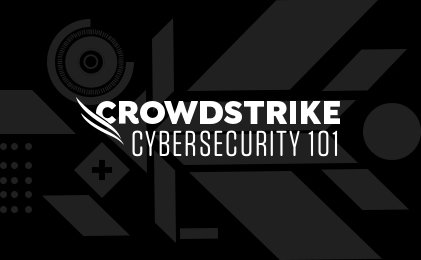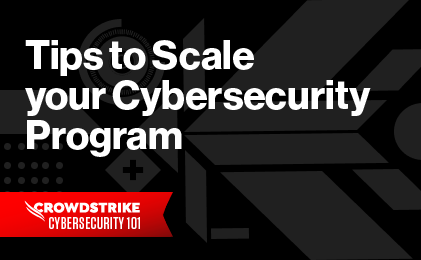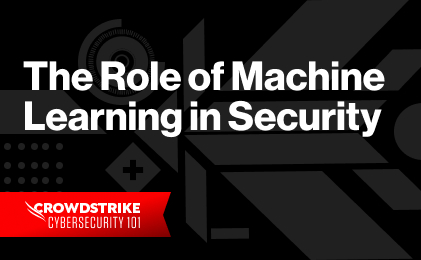Cybersecurity sandboxing is the use of an isolated, safe space to study potentially harmful code. This practice is an essential tool for security-conscious enterprises and is instrumental in preventing the spread of malicious software across a network. Cybersecurity sandboxing empowers security professionals to better investigate and mitigate threats.
In this article, we explore the core concepts of cybersecurity sandboxing, look at use cases and benefits, and also highlight some of the challenges it presents. Let’s get started.
Core concepts
Although cybersecurity sandboxing may initially seem complex, we can break it down into several simple core concepts. The first of these is sandboxing itself, or the isolation of suspicious code.
Isolation of suspicious code
Sandboxing involves creating a controlled and isolated environment. Although it’s commonly used in software development, sandboxing in cybersecurity establishes a space where potentially harmful code can be safely executed. By isolating execution, investigators can ensure the rest of the system remains unaffected, thereby minimizing the risk of a security breach.
Monitoring and analyzing behavior
Once the suspicious code is isolated, cybersecurity researchers can monitor its behavior closely. This monitoring may include the following activities:
- Tracking its interaction with the file system
- System calls
- Network activities
Analyzing these behaviors helps in identifying and understanding any potentially malicious intent.
Types of sandboxes
Sandboxing methodologies can be categorized into three main types:
- Manual sandboxing requires human interaction to operate. Although this approach provides a high level of control, its setup and use can be time-consuming.
- Automatic sandboxing is designed to function with minimal human intervention. This allows for quicker and more scalable analyses.
- Hybrid sandboxing blends both manual and automatic approaches, balancing control with efficiency. Users of this approach can adapt their sandboxing techniques based on their requirements.
Main components of a sandbox environment
A typical sandbox environment includes several key components:
- Virtual machines simulate entire computer systems, providing a high level of isolation for testing and development.
- Emulators mimic specific hardware or software components. This allows for more targeted testing.
- System-level sandboxes are fully isolated systems. These are particularly useful when examining potentially malicious code that interacts with system-level processes.
- Application-level sandboxes restrict an application’s access to certain system resources. These provide enough resources for testing malicious code while still preventing that code from causing wider damage.
Each component contributes significantly to the safe execution and thorough analysis of suspicious code.
Methods of analysis
Cybersecurity professionals employ various analysis methods to investigate suspicious code from various angles:
- Static analysis examines suspicious code — without executing it — to look for known malicious patterns. This offers a quick way to find potential threats without running the code.
- Dynamic/runtime analysis observes the code in real time as it executes within the sandbox environment. This aids in the detection of malicious activity that only occurs during execution.
- Memory dump analysis involves inspecting the memory image from the sandbox to detect malicious code residing in memory. This practice is crucial for identifying threats that reside solely in memory and leave few other traces.
Customization
Sandboxing is versatile because it is customizable. Depending on the objectives of the investigation, a security researcher can configure the sandbox to emulate specific operating systems or system configurations. This yields more accurate and applicable results from the analysis.
Intelligence data produced by sandbox analysis
Sandbox analysis provides valuable data that organizations can use to strengthen their cybersecurity measures and overall security posture. Example data may include specific details, such as:
- How a piece of malware operates
- Network communication patterns from the malware
- Vulnerabilities the malware seeks to exploit
- How the malware persists
This data forms a critical part of threat intelligence, improving an organization’s ability to anticipate, prevent and respond to threats.
Next, let’s explore the benefits that sandboxing brings to cybersecurity when organizations put it into practice.
Use cases and benefits of cybersecurity sandboxing
Cybersecurity sandboxing contributes significantly to strengthening an organization’s cybersecurity posture. Here are some key use cases and benefits:
- Identifying and analyzing malware: Sandboxing provides a safe environment to study different types of malware (such as viruses, ransomware and trojans), leading to better understanding and more effective countermeasures.
- Network protection: When made a part of network intrusion detection systems and intrusion prevention systems (IDS/IPS), sandboxing can tell these systems which connections to block, adding an additional layer of security.
- Prevention of potential system compromise: By isolating suspicious code, sandboxing can help analyze the impact of suspicious code and reduce the risk of system-wide compromises.
- In-depth behavior analysis of suspicious code: Security professionals can glean detailed insights into potential threats as they monitor code behavior within a controlled environment.
- Proactive threat identification and response: Sandboxing contributes to the early detection of threats, enabling swift mitigation before extensive damage occurs.
- Threat hunting with sandboxing data: The data collected through sandbox investigations can be used for proactive threat hunting, enhancing an organization’s security posture by looking for potentially missed threat events.
- Attribution using sandboxing search: Sandboxing aids in tracing the source or nature of an attack, as well as the remediation and prevention of future attacks.
- Security control planning: Sandboxing enables an organization to take a proactive approach and perform detailed analyses, thereby assisting teams in assessing their security controls and enhancing overall cybersecurity posture.
The benefits of cybersecurity sandboxing are substantial, but organizations should also be aware of potential limitations and challenges.
Challenges and limitations of sandboxing
Effective cybersecurity sandboxing requires a clear understanding of its limitations and challenges. Key considerations include:
- Sandbox evasion techniques used by advanced malware: Advanced malware code may be able to identify when it’s being executed in a sandbox environment, subsequently changing its behavior to avoid detection. To counter these evasion tactics, cybersecurity professionals need to employ sophisticated sandboxing techniques.
- Resource intensiveness and performance issues: Cybersecurity sandboxing can be resource-intensive, impacting both human and machine workload. Therefore, organizations must strike a balance between their security needs, operational workload and system performance, especially in environments with limited resources.
- Limitations in handling zero-day threats: Sandboxing is helpful and effective in identifying a plethora of malware. However, previously unknown, zero-day threats may not have identifiable patterns, making identification through sandboxing a challenge.
- False positives and false negatives: Just like any cybersecurity tool, cybersecurity sandboxing might generate a false positive (identifying software as malicious when it is actually harmless) and a false negative (failing to detect an actual threat). Cybersecurity teams need to be aware of this possibility, looking to system tuning or contextual analysis to improve effectiveness.
Leveraging tools for effective cybersecurity sandboxing
Cybersecurity threats are constantly evolving and increasing in number and sophistication. The effective use of cybersecurity sandboxing can provide a critical line of defense. For even better protection, sandboxing solutions can be integrated with other cybersecurity tools and measures to compound their effectiveness and create a multi-layered defense strategy.
Integrating sandboxing with existing cybersecurity tools
An integrated approach to cybersecurity sandboxing combines sandboxing with threat intelligence tools to better identify threats and more quickly respond to them. Sandboxing can also work hand-in-hand with standard firewall, email, web content and endpoint protection measures.
Sandboxing data can also be incorporated into security orchestration automation and response (SOAR) tools providing automated analysis to help with the investigative workload. When cybersecurity sandboxing practices and tools are well integrated with your existing tools, you’ll have greater effectiveness to identify, investigate and respond to threats fast and efficiently.
Introducing CrowdStrike Falcon Sandbox
CrowdStrike Falcon® Sandbox is a module built on the integrated, cloud-native CrowdStrike Falcon® platform. By coupling its analysis results with threat intelligence, Falcon Sandbox delivers actionable indicators of compromise (IOCs) to your security team. Its cutting-edge analysis technology enables the detection of advanced threats, and it can integrate seamlessly via rich APIs.
Cybersecurity sandboxing is a powerful tool for identifying and analyzing potential threats in a controlled environment. By isolating suspicious code, security teams can study malware behaviors without triggering a system-wide compromise and gain crucial insights for developing stronger defenses. With tools like CrowdStrike Falcon Sandbox, your organization will be better equipped to navigate the challenges of modern cybersecurity threats. When you’re ready to get started, try CrowdStrike Adversary Intelligence
or contact us to talk with our experts.


